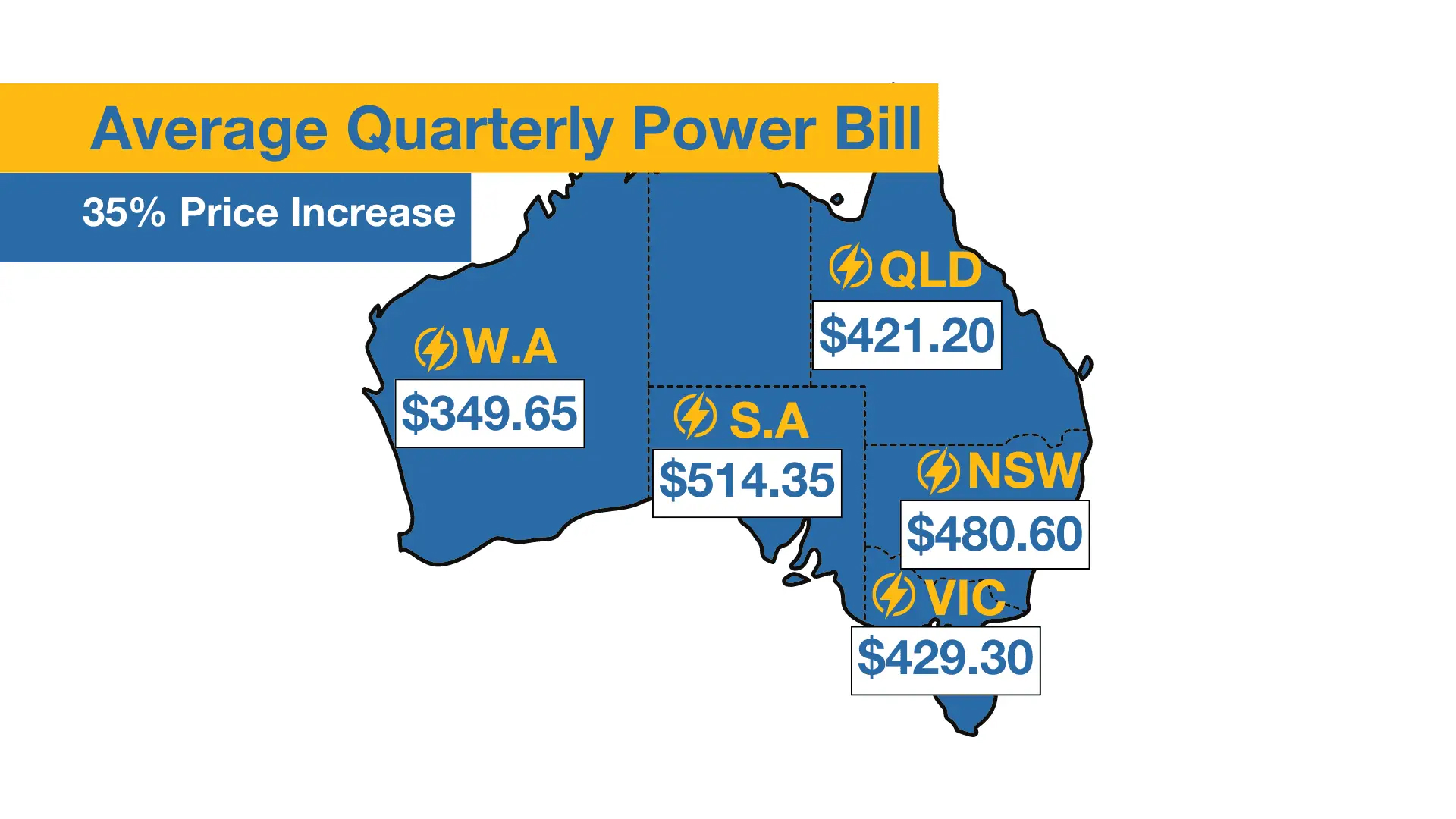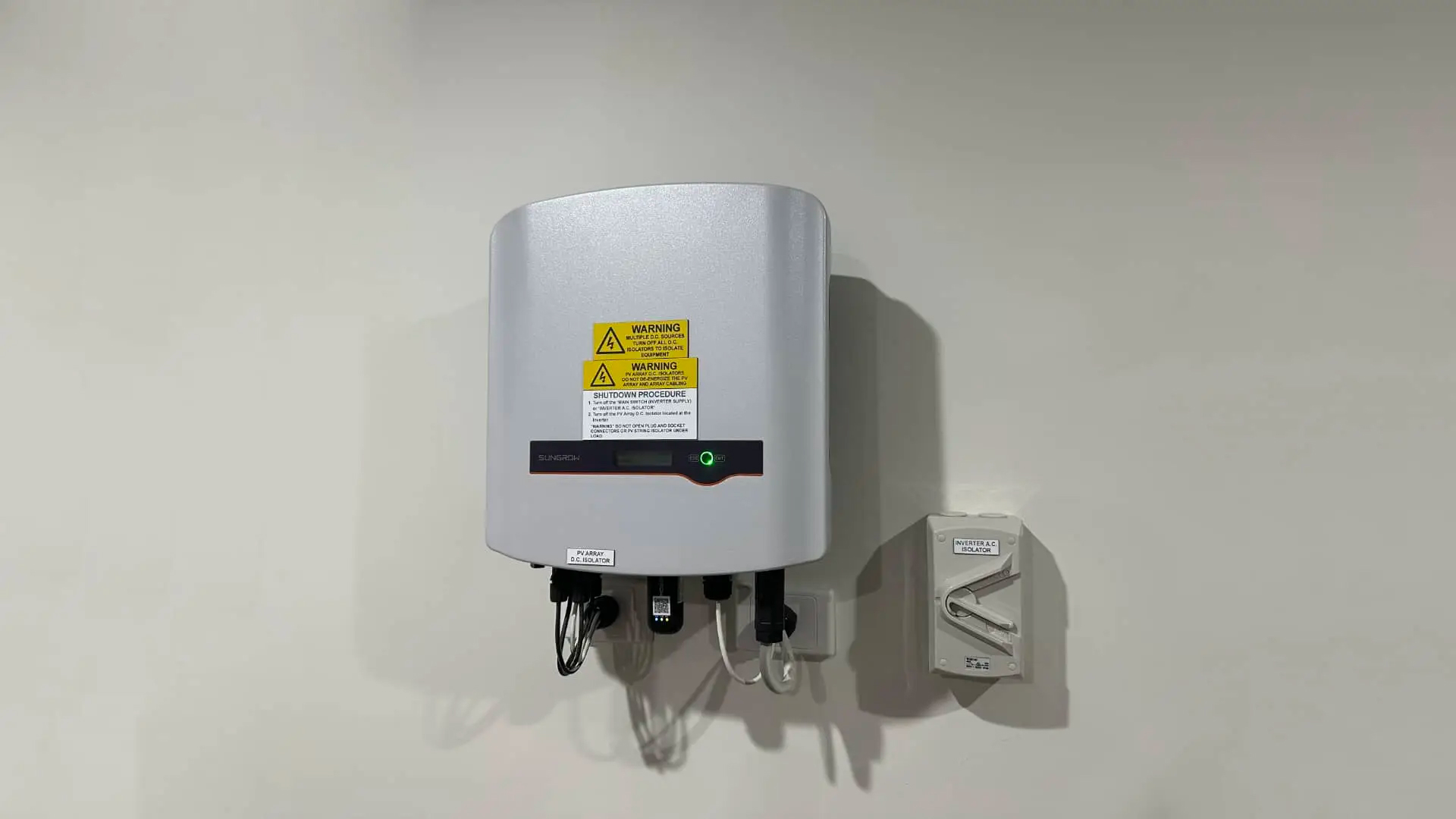More and more Australian households are turning to solar energy as a way to power their homes. Driven by considerations like the rising cost of traditional energy and concerns about the climate, many families see solar as the energy source of the future, and one that’s especially well-suited to sunny climates like Australia.
However, one major drawback for many people is cost. Solar is still perceived as an expensive energy source, and the upfront cost of installing solar panels is seen as too much for many households, even if that cost will be offset over time.
While it’s true that solar requires an investment, there are lots of options to make this cost more manageable. The Australian government has a number of schemes aimed at encouraging people to adopt solar, and there are many ways to save money here.
Let’s dive in.
Australian Government Policies Supporting Residential Solar
The Renewable Energy Target (RET)
The RET is a scheme aimed at reducing greenhouse gas emissions in Australia, partially by promoting the use of more sustainable energy sources like solar power.
The RET rewards both large-scale power stations and smaller solar users like households by giving them certificates for the power they generate. You can receive a certificate for each megawatt hour of power you generate — based on the power a 5kw Australian home produces, this should take about 50 days.
These certificates are purchased by electricity retailers, so you as a homeowner receive a financial incentive for the solar energy you produce.
The Small-Scale Renewable Energy Scheme (SRES)
The SRES is designed to incentivize smaller parties, like individual households and small businesses, to use more renewable energy like solar power. Similar to the RET, the SRES issues certificates which can then be sold for financial rewards.
Unlike the RET, these certificates are given up front, based on the amount of power your solar system is expected to generate over the next several years.
The Clean Energy Finance Corporation
The Clean Energy Finance Corporation — or CEFC — is a state-owned bank, designed to fund clean energy projects on behalf of the Australian Government. CEFC focuses on large-scale projects, but it also works with smaller solar users and households.
CEFC has committed more than $1.1 billion to solar projects since June 2020. This includes working with investors from around the world and bringing new technologies and approaches to the industry.
Australian Renewable Energy Agency
ARENA was established by the government in 2012 with the purpose of supporting the transition to renewable energy sources and, ultimately, net zero carbon emissions. Over the past decade, ARENA has supported over 600 projects and helped invest almost $10 billion into the renewable energy industry in Australia.
When it comes to solar, ARENA has provided over $230 million to around 130 solar projects, helping make solar more effective, accessible, and feasible as an energy source for businesses and individual households.
Feed-In Tariffs
Feed-in tariffs are a way for households to receive credit for any excess electricity their solar panels produce. In other words, they have the option to “sell” excess power back to the electrical grid instead of simply letting it go to waste.
Solar panels often produce more energy over the course of a day than your home needs. If you don’t have a solar battery, there is no way to store this excess energy, but feed-in tariffs allow you to get some money back for it, in the form of discounts on your energy bill.
The amount of money you get from feed-in tariffs will vary based on your location within Australia. Usually, it’s somewhere between 7 and 16 cents for each kilowatt-hour of energy you send to the grid.
Be Smart When It Comes To Solar
As you can see, there is actually a ton of support from the Australian government when it comes to solar energy. Even if you feel like the transition to solar is too expensive, it may not be the case — and this will become even more true as support increases in the coming years.
The most important thing is to become as educated as possible on all the support and incentives out there, so you can make the transition to solar in the most cost-effective and smooth way possible.
At SnapSolar, we can help you by giving you all the information and guidance you need to make an informed decision. Get in touch with us to learn more and get started.
get a free
quote
Complete the form and our team will
contact you to arrange a site visit or
give us a call on 1300 076 279
Related Articles.

Energy Costs Are Skyrocketing – Is Solar the Affordable Solution?

Jackson Wyer

How Do I Read a Solar Inverter Display?

Jackson Wyer

How Can Rural and Remote Areas Benefit from Solar?

Jackson Wyer
